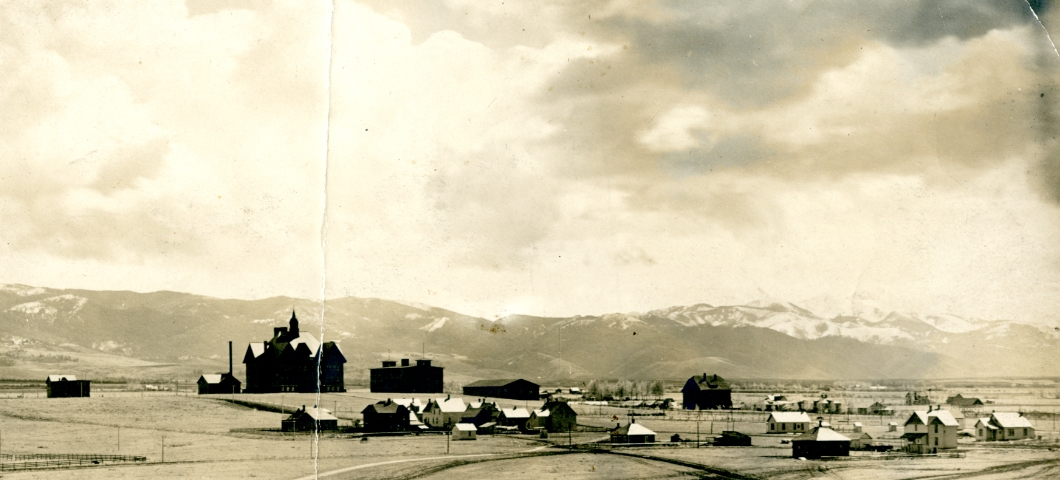
Bozeman History
In 1982, prior to the relocation of the Gallatin County Jail to South Sixteenth Avenue, the Gallatin Historical Society proposed repurposing the old jail, constructed in 1911, as a museum. The Gallatin County Commissioners approved the proposal, resulting in the signing of a long-term lease and the establishment of the museum.
The Bozeman Trail
Bozeman, Montana, has a rich history rooted in its geographic significance, indigenous heritage, and development as a key settlement in the American West. Here's an overview:
Early Inhabitants
The Gallatin Valley, where Bozeman is located, was originally home to Native American tribes, including the Crow, Blackfeet, and Shoshone. The area was a crossroads for trade and hunting, with its fertile land and abundant wildlife providing resources for these communities.
19th Century and Founding of Bozeman
Lewis and Clark Expedition (1805-1806): The famous expedition passed through the nearby area, documenting the region's natural beauty and resources, though they did not establish any settlements.
John Bozeman (1864):
The city was named after John Bozeman, a pioneer who established the Bozeman Trail, a northern route connecting the Oregon Trail to Montana's goldfields. This trail brought many settlers through the area.
Bozeman settled in the Gallatin Valley and worked to attract pioneers, recognizing its agricultural potential.
Conflicts with Indigenous Tribes:
The establishment of the Bozeman Trail led to conflicts with the Lakota Sioux and other tribes, as it encroached on their lands. These tensions culminated in battles during Red Cloud's War (1866-1868), resulting in the closure of the trail.
City Incorporation (1864):
Bozeman grew rapidly as settlers took advantage of the area's agricultural opportunities. The town was officially incorporated in 1864, with its location near key trails boosting its significance.
20th Century Growth
Montana State University (Founded 1893):
Originally called the Agricultural College of the State of Montana, it became a cornerstone of Bozeman's economy and culture.
Today, MSU is a leading institution in agricultural and engineering research.
Economic Development:
Agriculture remained a primary industry for much of the early 20th century, with wheat, cattle, and other livestock playing vital roles.
Bozeman also became known for outdoor recreation and tourism, thanks to its proximity to Yellowstone National Park and other natural attractions.
Modern Bozeman
Population Growth:
Bozeman has seen rapid growth in recent decades, becoming one of the fastest-growing cities in Montana. Its blend of outdoor activities, cultural offerings, and academic institutions attracts residents and visitors alike.
Tech and Innovation:
The city has developed a thriving tech and innovation sector, drawing professionals and entrepreneurs.
Tourism and Recreation:
Known as a gateway to Yellowstone and a hub for outdoor enthusiasts, Bozeman is celebrated for activities like hiking, skiing, fishing, and exploring the stunning landscapes of Montana.
Cultural and Historical Preservation
Bozeman takes pride in preserving its history, with landmarks like the Museum of the Rockies, which showcases the region's natural and cultural history, and numerous historic buildings in its downtown area.
Bozeman's blend of historical significance, academic contributions, and outdoor opportunities makes it a dynamic and attractive city with deep roots in Montana's development.








